The god came riding on a white deer. Today, regarded as heavenly animals, the deer roam freely about town.
I spent a little time walking around Kyoto
. Along the river was an area full of parked bicycles. I guess, maybe, people leave them here and catch a bus to school or work, I'm not sure.
At one place the sidewalk had a sign painted on it "No Smoking, No Littering". After this, I started to notice them more often as I walked.
I walked around town a little before heading to my destination for the day, Nara.
About an hour's train ride from Kyoto is the town of Nara. It was established in 710 and was Japan's first permanent capital. The Buddhist monasteries grew so powerful and began to exert so much political influence on the government that they became a serious threat to the government. So, the capital was moved from Nara (then called Heijo) to Nagaoka in 784.
But, because it was the original capital, there are many historic treasures and some of Japan's oldest and largest temples here
. The first emperors of Japan rose to power in Nara and their remains are contained in kofun (burial mounds). Some of them date back to the 3rd century.
There is a lot of Chinese influence in Nara. During the 75 years Nara was capital it absorbed a lot of influences from China. Today, the culture, government, arts, literature and architecture reflect a lot of this Chinese influence.
According to a legend of one of the shrines, a mythological god arrived in Nara on a white deer to guard the capital. Ever since then, the deer have been regarded as heavenly animals, protecting the town and country. Today, tame deer roam through the town. There are many of them in Nara Park, which is located in the center of the city. There are about 1200 deer in the park. Signs warn they are wild and can - and do - harm people. They advise only to feed them purchased food and give it to them near where you buy the food. Otherwise, they can become aggressive and follow you
. On several occasions while walking through the area I saw deer that were getting aggressive with people, wanting food I am sure.
A Japanese woman speaking good English approached me. She had some sort of badge on a rope around her neck. She talked a few minutes and offered to be my tour guide. I decided to walk on my own and then decide if I needed a guide.
Along the way I discovered a grave area with only dirt and what looked like partially uncovered graves. The sign was in Japanese so I have no idea what it was. There were a lot of Japanese tourists (most tourist here are). They were looking through the fence at the grave area and some going inside to walk around. They looked very somber. I think this has a lot of importance. This is where a native guide would have given me some good historical information. I am a big proponent of local guides. I enjoy the knowledge they have of the the things I see. I always come away with a lot more respect for the things I see
.
One Japanese-esque oddity I came across was while walking down a sidewalk around town. I saw a flight of stairs going down below street level just before getting to the intersection. At the intersection there was a railing around the sidewalk and a sign saying not to cross, it was too dangerous. It said the steps I had passed going down was the way to cross to the other side of the intersection.
I went back and down the steps. I expected to walk an underground walk straight across the intersection. Instead, once I got underground there was a network of wide hallways leading off in different directions. There were lights and LED signs pointing in different directions, all in Japanese. I chose the one leading in the direction I thought I should go and it turned out to be the right choice.
Soon I was on the other side of the intersection. What an impressive underground walkway to avoid the busy streets
. The Japanese don't seem to spare ingenuity or expense in their creative people movement designs. I didn't get and photos of this, because I just thought I was going to walk down steps, across a street and up the other side. Once down there I was so impressed and confused I didn't think about photos, just getting out.
I visited some of the shrines and temples in Nara. The Horyu-ji Temple, which is said to have been built in the early 7th century, is known as the oldest existing Buddhist temple in Japan. It was founded by the man that is thought to have introduced Buddhism to Japan, Prince Shotoku. There is a huge gate and a 5 story pagoda and large hall. They are said to be the world's oldest surviving wooden structures!
One temple called Todai-ji has the Daibutsu. It is the world's largest Buddha statue and is made of copper and gold. Again, there is an admission fee but no photos allowed. I took a photo of the outside and continued on my way.
I spent the day roaming around the city, wandering through some Japanese gardens and looking at the impact of the Buddhist religion here. Buddism was adopted as a national religion at one point and made a lasting impact on Japan's government as well as their literature and architecture
The day spent in Nara was well worth the time. I recommend this side trip from Kyoto when you are in Japan.
The train trip back to Kyoto made me start thinking about what I wanted to discover in this amazing land tomorrow.
The White Deer
Saturday, September 28, 2013
 Nara, Kinki, Japan
Nara, Kinki, Japan
Other Entries
-
88Crossing the Border
Jun 04116 days prior Pattaya, Thailandphoto_camera139videocam 2comment 0
Pattaya, Thailandphoto_camera139videocam 2comment 0 -
89I Can't Find A Tuk Tuk
Jun 14106 days prior Jonesboro, United Statesphoto_camera7videocam 0comment 4
Jonesboro, United Statesphoto_camera7videocam 0comment 4 -
90Get Onboard!
Sep 0325 days prior San Diego, United Statesphoto_camera6videocam 0comment 4
San Diego, United Statesphoto_camera6videocam 0comment 4 -
91As Beautiful As It Is Dangerous
Sep 0523 days prior Kihei, United Statesphoto_camera114videocam 2comment 2
Kihei, United Statesphoto_camera114videocam 2comment 2 -
92A Walk In The Clouds
Sep 0622 days prior Haleakala National Park, United Statesphoto_camera137videocam 2comment 3
Haleakala National Park, United Statesphoto_camera137videocam 2comment 3 -
93The Playground Called Waikiki
Sep 1018 days prior Waikiki, United Statesphoto_camera60videocam 3comment 0
Waikiki, United Statesphoto_camera60videocam 3comment 0 -
94Today I Found A Diamond
Sep 1117 days prior Waikiki, United Statesphoto_camera89videocam 1comment 0
Waikiki, United Statesphoto_camera89videocam 1comment 0 -
95"Don't Worry About It"
Sep 1216 days prior Honolulu, United Statesphoto_camera135videocam 0comment 0
Honolulu, United Statesphoto_camera135videocam 0comment 0 -
96It's Friday the 13th - Does That Matter?
Sep 1315 days prior Honolulu, United Statesphoto_camera55videocam 3comment 0
Honolulu, United Statesphoto_camera55videocam 3comment 0 -
97..........And The Skipper Too
Sep 1414 days prior Waikiki, United Statesphoto_camera73videocam 10comment 0
Waikiki, United Statesphoto_camera73videocam 10comment 0 -
98As The Sun Sets
Sep 1711 days prior Maui, United Statesphoto_camera101videocam 4comment 0
Maui, United Statesphoto_camera101videocam 4comment 0 -
99THE BED!
Sep 199 days prior Tokyo, Japanphoto_camera10videocam 0comment 2
Tokyo, Japanphoto_camera10videocam 0comment 2 -
100First Day in Tokyo
Sep 199 days prior Tokyo, Japanphoto_camera33videocam 1comment 3
Tokyo, Japanphoto_camera33videocam 1comment 3 -
101Iranians Like America
Sep 208 days prior Tokyo, Japanphoto_camera68videocam 2comment 2
Tokyo, Japanphoto_camera68videocam 2comment 2 -
102A Young Woman Passes Me A Note
Sep 217 days prior Nikko, Japanphoto_camera121videocam 0comment 2
Nikko, Japanphoto_camera121videocam 0comment 2 -
103I'm Being Followed . . . and I Feel Uncomfortable
Sep 226 days prior Nikko, Japanphoto_camera54videocam 2comment 3
Nikko, Japanphoto_camera54videocam 2comment 3 -
104Faster Than A Speeding Bullet (Japan)
Sep 271 day prior Kyoto, Japanphoto_camera34videocam 2comment 2
Kyoto, Japanphoto_camera34videocam 2comment 2 -
105The White Deer
Sep 28 Nara, Japanphoto_camera67videocam 0comment 0
Nara, Japanphoto_camera67videocam 0comment 0 -
106The Thousands of Gates (Japan)
Sep 291 day later Kyoto, Japanphoto_camera101videocam 1comment 0
Kyoto, Japanphoto_camera101videocam 1comment 0 -
107Burning Flesh -Part I (Japan)
Sep 302 days later Hiroshima, Japanphoto_camera43videocam 1comment 0
Hiroshima, Japanphoto_camera43videocam 1comment 0 -
108Burning Flesh - Part 2 (Japan)
Oct 013 days later Hiroshima, Japanphoto_camera40videocam 0comment 0
Hiroshima, Japanphoto_camera40videocam 0comment 0 -
109Bathing With Naked Men (Japan)
Oct 024 days later Miyajima, Japanphoto_camera52videocam 0comment 2
Miyajima, Japanphoto_camera52videocam 0comment 2 -
110Don't Look Him In The Eyes (Japan)
Oct 035 days later Arashiyama, Japanphoto_camera166videocam 5comment 0
Arashiyama, Japanphoto_camera166videocam 5comment 0 -
111The Land of the Rising Sun (Japan)
Oct 046 days later Shanghai, Chinaphoto_camera50videocam 1comment 0
Shanghai, Chinaphoto_camera50videocam 1comment 0 -
112Feeding the Dead (Cambodia)
Oct 057 days later Siem Reap, Cambodiaphoto_camera35videocam 3comment 0
Siem Reap, Cambodiaphoto_camera35videocam 3comment 0 -
113My Chair is Under Water (Cambodia)
Oct 1012 days later Battambang Province, Cambodiaphoto_camera117videocam 3comment 0
Battambang Province, Cambodiaphoto_camera117videocam 3comment 0 -
114It's Not The Big Top (Cambodia)
Oct 2426 days later Battambang Province, Cambodiaphoto_camera50videocam 4comment 0
Battambang Province, Cambodiaphoto_camera50videocam 4comment 0 -
115Who Stole My Sandals? (Cambodia)
Oct 2628 days later Battambang Province, Cambodiaphoto_camera88videocam 1comment 0
Battambang Province, Cambodiaphoto_camera88videocam 1comment 0 -
116Fire In The Sky (Thailand)
Nov 1649 days later Pattaya, Thailandphoto_camera60videocam 5comment 2
Pattaya, Thailandphoto_camera60videocam 5comment 2 -
117Happy Holidays (Vietnam)
Nov 2558 days later Hanoi, Vietnamphoto_camera1videocam 0comment 0
Hanoi, Vietnamphoto_camera1videocam 0comment 0 -
118The Hands from Hell (Thailand)
Nov 2659 days later Chiang Rai Province, Thailandphoto_camera91videocam 3comment 0
Chiang Rai Province, Thailandphoto_camera91videocam 3comment 0 -
119Black House Chiang Rai (Thailand)
Nov 2760 days later Chiang Rai, Thailandphoto_camera199videocam 1comment 0
Chiang Rai, Thailandphoto_camera199videocam 1comment 0 -
120The Clock (Thailand)
Nov 2861 days later Chiang Rai Province, Thailandphoto_camera58videocam 1comment 0
Chiang Rai Province, Thailandphoto_camera58videocam 1comment 0 -
121The Epic Journey (Laos)
Nov 2962 days later Chiang Khong, Thailandphoto_camera70videocam 2comment 0
Chiang Khong, Thailandphoto_camera70videocam 2comment 0 -
122Shipwreck on the Mekong (Laos)
Nov 3063 days later Huay Xai, Laosphoto_camera70videocam 4comment 2
Huay Xai, Laosphoto_camera70videocam 4comment 2 -
123Please Cover Your Body - (Laos)
Dec 0164 days later Luang Prabang, Laosphoto_camera141videocam 0comment 0
Luang Prabang, Laosphoto_camera141videocam 0comment 0

 Nara, Kinki, Japan
Nara, Kinki, Japan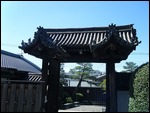
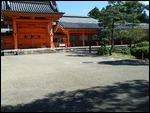
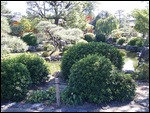
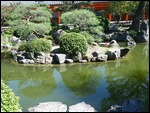
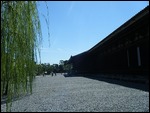







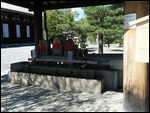
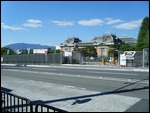
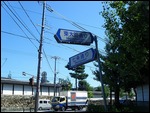
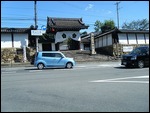
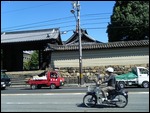


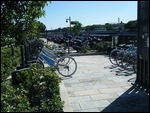
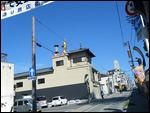
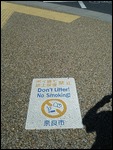
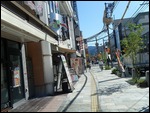
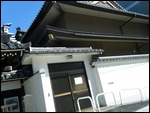
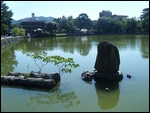
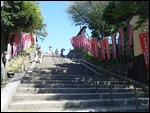
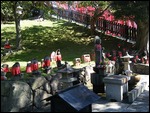
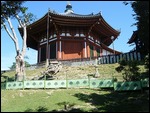
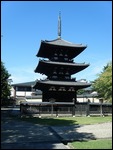

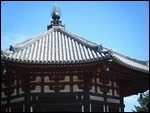
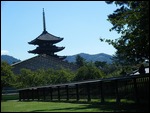
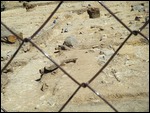
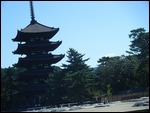
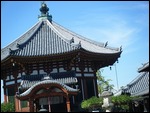
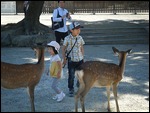
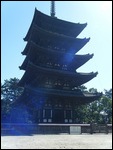
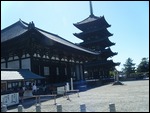

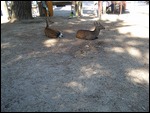
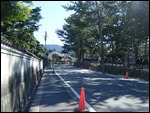
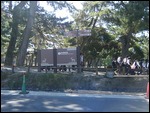
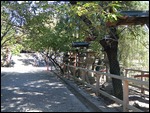

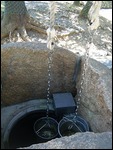
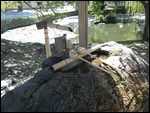
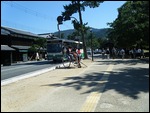
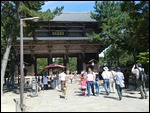
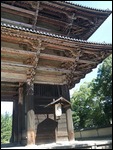
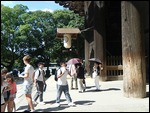
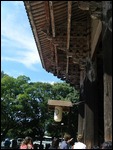
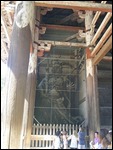

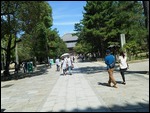
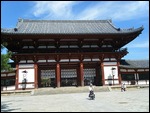
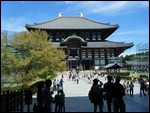


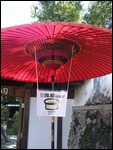
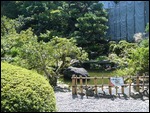
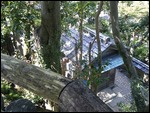
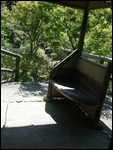
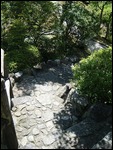
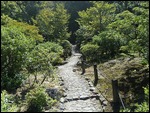
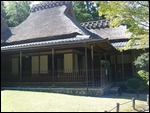
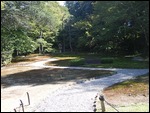
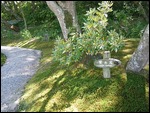
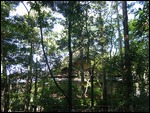
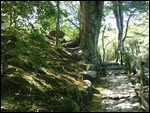
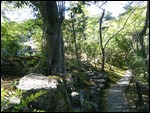
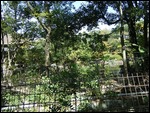
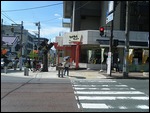
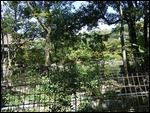
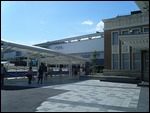
2025-05-22